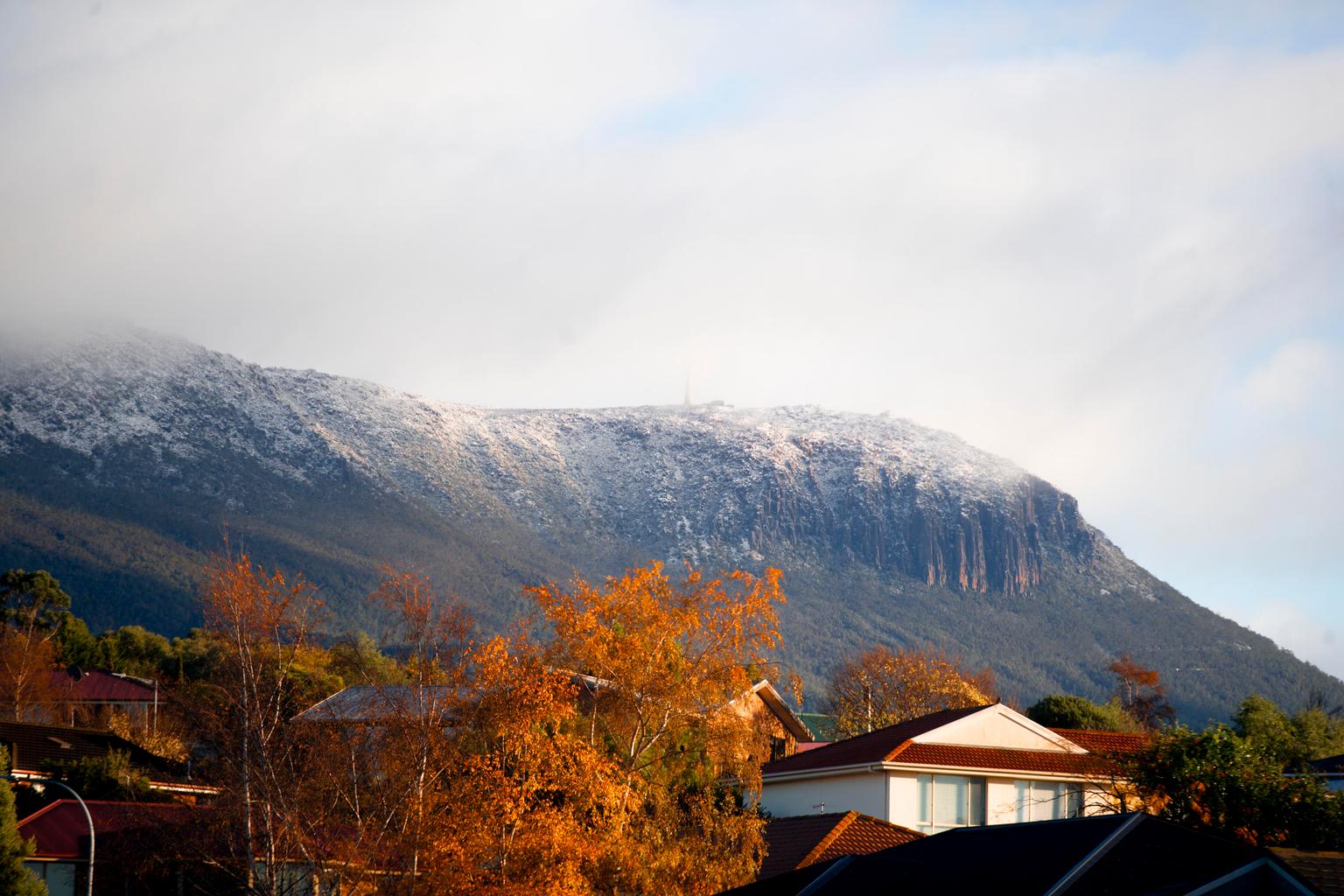New rules have been introduced to help the recovery of sand flathead in Tasmanian waters, with authorities hoping the changes will be followed by fishers.
The new regulations, which come into effect on November 1, include an on-water possession limit for sand flathead that is equal to the daily bag limit for the zone where the fish are caught.
This means that while on water, fishers cannot have more sand flathead in their possession than the daily bag limit for the zone they are in, even if the fish were caught in a different zone.
The on-land possession limit remains unchanged at 10 fish and bag limits also remain the same.

“For example, if you are fishing in the Eastern Zone (e.g. Storm Bay) but will be coming back to shore in the D’Entrecasteaux Channel, you can possess a maximum of two sand flathead per person,” the Fishing Tasmania website states.
“Similarly, if you have fished in the Northern/Western Zone you cannot transit through the Eastern Zone with more than five flathead per fisher.”

Minister for Business, Industry and Resources Eric Abetz said the changes were made in response to “significant compliance issues” reported by Tasmania Police during checks last summer, particularly in the south-east where stocks are most depleted.
“The recovery of sand flathead remains a priority for the Tasmanian Government and minor changes to sand flathead management have been made to ensure our precious shared resource recovers and is sustainable well into the future,” he said.
Changes to rock lobster catch reporting procedures and a ban on recreational gillnetting in Macquarie Harbour will also come into effect next month.
“From the opening of the season, fishers must report their catch immediately after tail-marking their last lobster or if no catch, immediately after pulling their pot, checking their ring or finishing their dive,” Abetz said.






